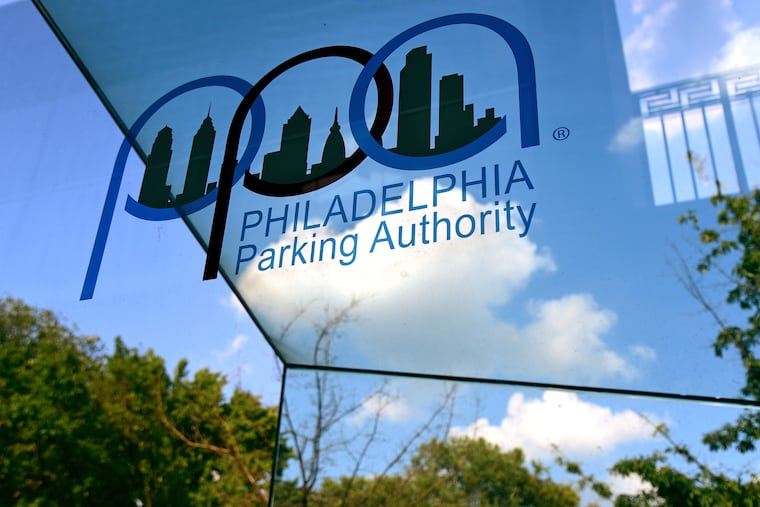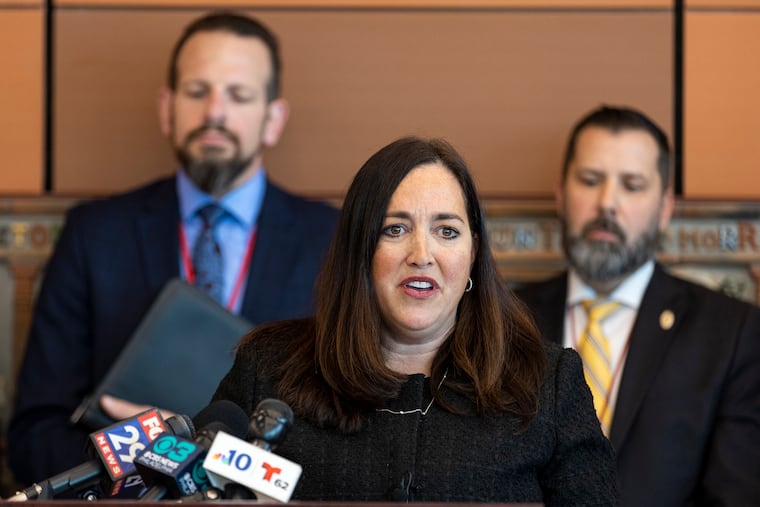New Tool Allows Reporting of Parking Violations to PPA in Just 30 Seconds
The Philadelphia Parking Authority (PPA) has introduced a streamlined method for residents to report parking violations through a new digital tool known as Laser Vision. Launched by the nonprofit advocacy group Philly Bike Action, this innovative platform enables users to easily document parking infractions by taking a photograph of the offending vehicle. The system employs advanced technology to extract pertinent information, including the vehicle’s make and model as well as the location of the violation. Users then review the data before submitting the completed report to the PPA.
Since its inception, Laser Vision has reportedly been utilized over 1,700 times to report various parking violations, including instances of vehicles obstructing bike lanes, handicap ramps, and crosswalks. The initiative was designed with efficiency in mind, aiming to simplify the reporting process for residents concerned about parking issues that compromise mobility and safety throughout the city.
Philly Bike Action emphasizes the importance of this tool for individuals who encounter parking obstructions that hinder their ability to navigate the streets safely. The PPA previously received several hundred submissions related to parking violations through its traditional online form each week. However, with the introduction of Laser Vision, the submission process has been significantly accelerated; users need only to take a picture of the perceived violation, which the system processes to automatically populate the relevant PPA form. The entire process is estimated to take approximately 30 seconds.
The functionality of Laser Vision is currently supported by volunteer reviewers associated with Philly Bike Action, who monitor submissions to ensure the integrity of reports and mitigate the risk of false or inappropriate claims. Once a violation is reported, it is handled by the PPA enforcement team, which includes a commitment to investigate recurring issues affecting pedestrian rights-of-way.
Individuals wishing to report violations can also access alternative reporting channels, including the PPA’s communications phone number and various social media platforms. As noted by a PPA representative, Laser Vision has proved advantageous by providing valuable insights into the locations and frequency of parking violations that hinder bike lanes.
Although the tool is off to a strong start, the organizations involved acknowledge that certain challenges remain. Some users have experienced difficulties with older operating systems, and there are plans underway to develop the platform into a dedicated mobile application. The valuable data accumulated through this initiative could also enhance future advocacy efforts in Philadelphia, with an aim to improve overall pedestrian mobility and rights.
As Laser Vision progresses, it stands to play an essential role in fostering a safer and more accessible urban environment for all residents of Philadelphia, including both cyclists and pedestrians.







